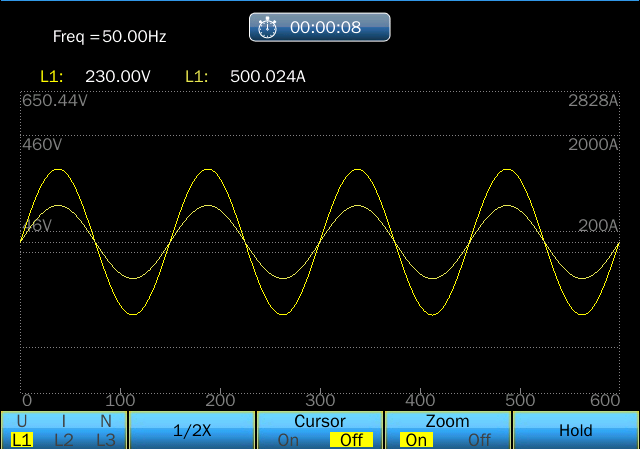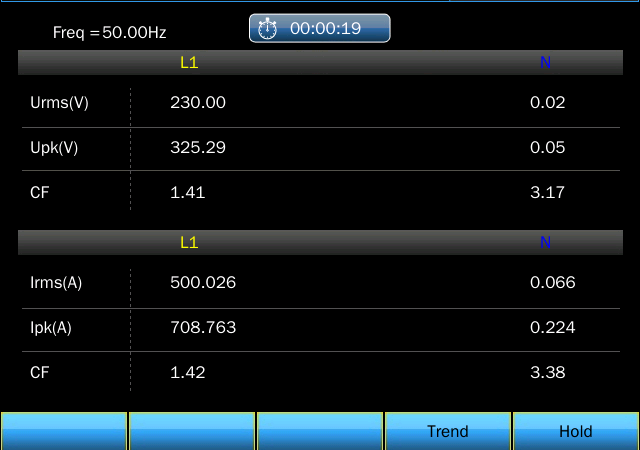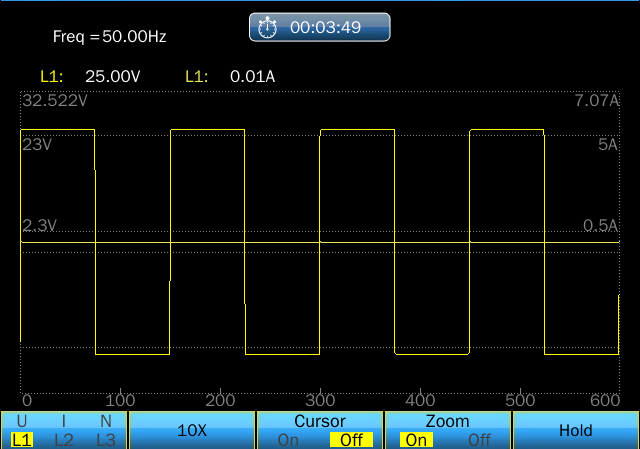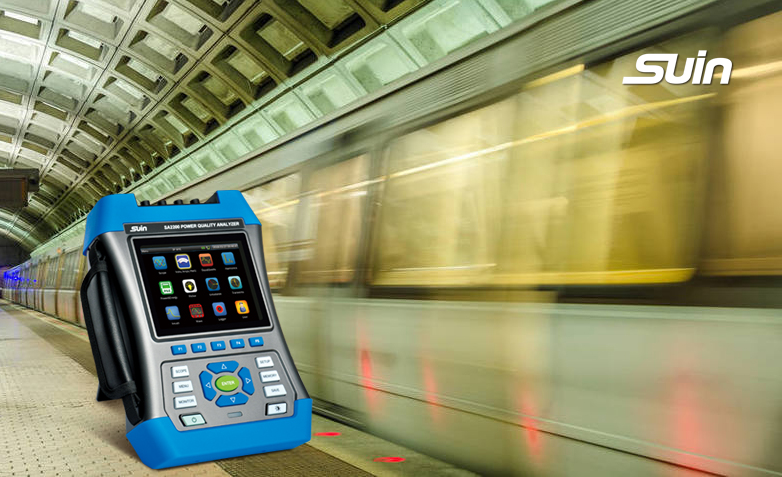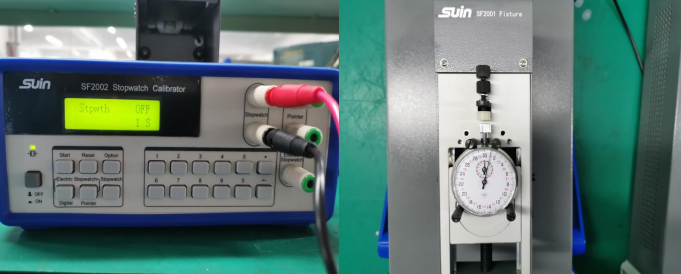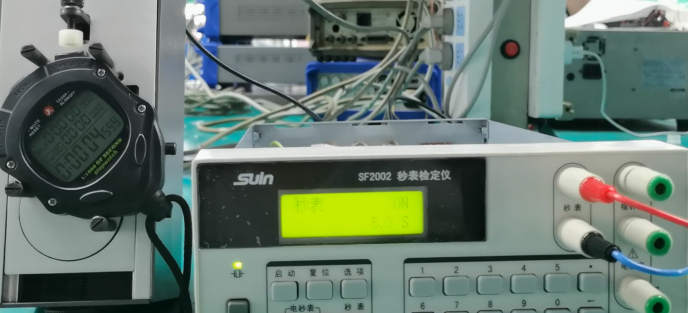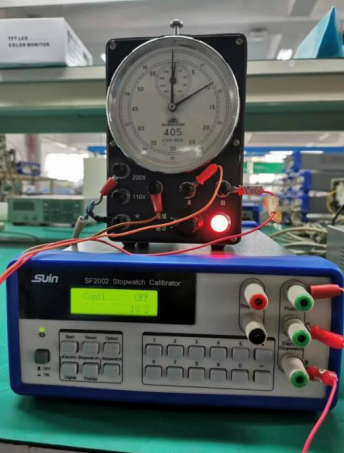The definition of power quality - is the deviation of voltage, current, or frequency that lead to electric equipment’s breakdown or abnormal work, which contains: frequency deviation, voltage deviation, electromagnetic transient, power supply reliability, waveform distortion, three-phase imbalance, voltage fluctuation, flicker and so on.
The power quality analyzer is a portable device that could test and analyze the running quality of the power grid. It could provide harmonic and power quality analysis during power processing, and also are able to offer a long-time data collection and monitoring. Meantime, with help of matched PC software, it could analyze the data uploaded to the PC.
For the past few years, because of the impact of the frequency converter and variable load on the power grid, the difference of power quality in grid become huger, so more and more industrial clients would like to select and buy power quality analyzer to carry out self-assessment of power quality and prevention.
Then how to select a suitable power quality analyzer?
Firstly, select ones which can meet international and national standards according to the actual requirement. International Electrotechnical Commission abbreviated IEC especially issues the IEC61000-4-30 standard for power quality. Referring to IEC standard and to meet China actual situation, we classify this standard and issue national power quality standard GB/T 12325/15945/15543/12326. Meanwhile, due to the electronic instrument limit, even if the same data is tested by one test instrument, there will be deviation in the result. And if a serious deviation occurs, it will lead to bad results during issue verified report. Considering this factor, IEC makes the IEC62586 standard which defines strictly the uncertainty requirement for instrument repeat testing. Therefore, the power quality analyzer which is designed as IEC61000-4-30 standard and already passes IEC62586 certification will be the best choice for the user.
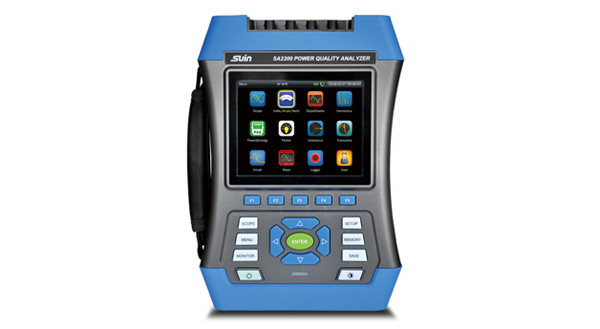
Secondly, proper voltage range and accuracy could selectable for user according to the actual measured voltage and current. Currently, the main voltage limitation in market is 1000V or 600V, while current selection based on the different current clamps or rogowski coil configuration and range 10A, 500A, 3000A or 6000A will be popular ones.
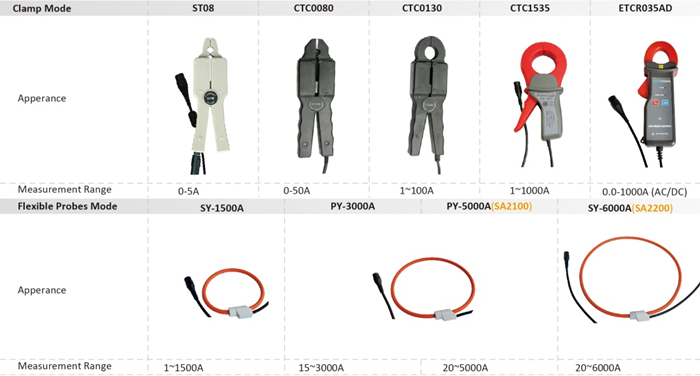
Thirdly, the convenience of matched PC software is also very important. Because a lot of test points are referred and larger data volume to be processed, strictly speaking, it is required to test one week for each point. So how to issue a standard conformity report, analyze the default point in detail and set the trigger mode, will affect the operator’s working volume and difficulty level to solve problem. Therefore, the convenience of PC software attracts greater attention from manufacturer of power quality analyzer to increase device’s competition.
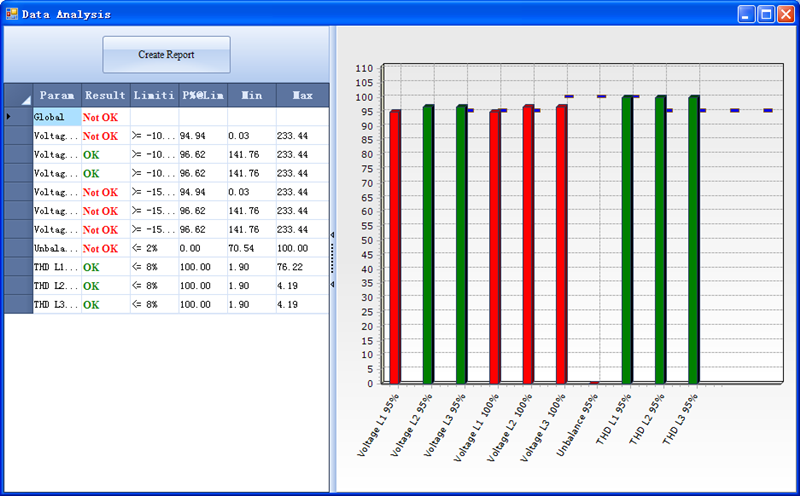
Fourthly, the application scene of power quality analyzer should specify clearly before purchase. The common frequency setting is 50Hz when use power quality analyzer. While 400Hz setting will be needed when use power quality analyzer carry out measurement for avionics and shipboard systems. At this time, the power quality analyzer compatible both 50Hz and 400MHz will be best choice.
In addition, most instruments in the market reach to IP50 protection grade only in dustproof protection, while measurement performed in heavy humidity area, power quality analyzer with higher protective level IP65 which contains both dustproof and waterproof will be considered.
Product Recommendation
Suin power quality analyzer SA2100/SA2200 totally conforms to IEC61000-4-30 standard,
separately meet Class S or Class A accuracy according to different usage. They can measure and calculate flicker, voltage dips and swells, interruption, transient, unbalance, harmonic, interharmonic, signal voltage, RMS, power, power factor and energy, etc. With characteristic of high quality, portable, convenient software, IP52 grade and 400Hz measurement, they are also good choice for user when buy power quality analyzers.
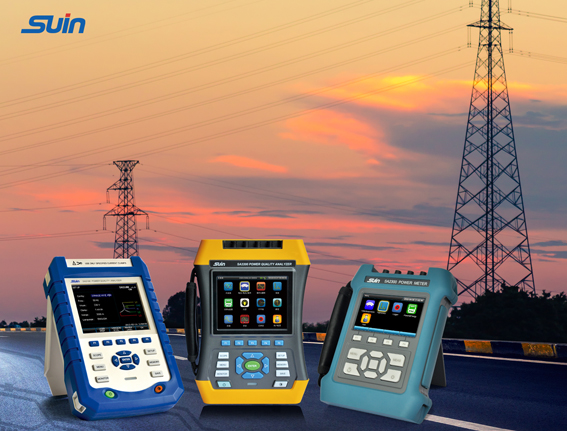
They can help engineers and electronic technicians to quickly find and analyze all power quality parameters in fields of power grid, machine manufacturing, electronic manufacturing, process industry, metallurgy and petrochemical, rail traffic, construction, energy saving, etc., so that to guarantee safe production, energy saving and cost reduction.

